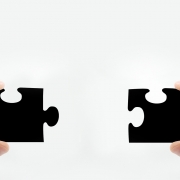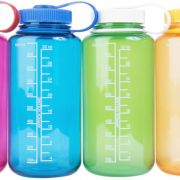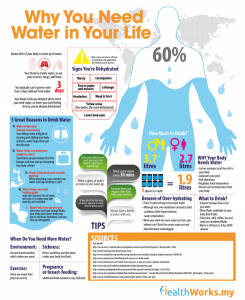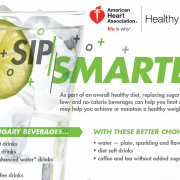Solving the Nutrition Puzzle
by Liz Stovall, Division Manager- Fitness and Wellness
Most of us want to “eat right,” but knowing that AND sticking to it can be a challenge. Personal preference, cultural influences, time, budget and social environment all contribute to our food choices. In addition, the constant flow of changing nutrition information can also make it difficult to make those choices easier.
So, what should you eat?
Start by taking a closer look at your current dietary patterns and identify the chances for improvement. It’s not a single nutrient or food that might be keeping you from your weight loss goal. The combination of foods eaten on a regular basis may be hindering progress. Food journaling can be a useful tool because you can see patterns of behavior or attitudes about food that are barriers to change. An honest assessment of what and why you are making certain choices will allow you to begin making small changes towards a dietary pattern that supports your weight loss and health goals.
Deciding on a dietary pattern:
There are many good options out there for healthy eating patterns. When making the decision about what type of “diet” to choose, keep in mind your current lifestyle and what kind of changes are realistic for you. There are many factors to consider, family or social structure, time for meal planning, prep and cooking, past successes or failures and your specific weight loss goals.
Although everyone’s eating pattern will look different, there are a few basic rules to keep in mind. Research shows that a dietary pattern high in fruits, vegetables, whole grains, legumes, unsaturated oils and fish while low in total meat, saturated fat, cholesterol, sugar-sweetened foods and drinks, sodium, and moderate in dairy products and alcohol is associated with more favorable outcomes related to body weight or the risk of obesity. Regardless of your pattern, your diet must include a reduction in energy intake (calories) in order to achieve any weight loss.
You may find it helpful to base your pattern on an already established one. Remember to modify based on your personal preferences AND what is realistic for you. Here are a few suggestions that are supported by research and may be effective for weight loss and weight maintenance:
Mediterranean Diet: easy to follow, safe, meets government guidelines and supports weight loss and heart health.
- Emphasis on fruits, vegetables, whole grains, beans, nuts, olive oil, fish and seafood, poultry, eggs.
- Limits red meat, sugar and saturated fat.
DASH Diet (Dietary Approaches to Stop Hypertension): benefits weight loss and heart health.
- Emphasis on nutrients (potassium, calcium, protein and fiber) found in fresh produce, whole grains, lean protein and low-fat dairy foods.
MIND Diet: aims to prevent mental decline with brain healthy foods.
- Emphasis on green leafy vegetables, nuts, berries, whole grains, beans, fish, poultry and olive oil.
- Limits red meat, butter and margarine, cheese, sweets, fried and fast foods.
Volumetrics Diet: Based on the theory that your body likes a certain feel (volume) of food.
- Emphasis on low-energy, highly dense foods. Encourages consumption of foods with a high-water content like soups, fruits, vegetables, non-fat dairy.
- This diet is safe, easy to follow and no foods are off limits.
Committing to a new dietary pattern can be difficult and weight loss can be slow. There will be feelings of success combined with frustration along the way. To stay committed to your new lifestyle, maintain a sense of intention and focus, keep your thoughts positive, turn thoughts into actions, use your mistakes as learning opportunities, and make yourself a priority.




